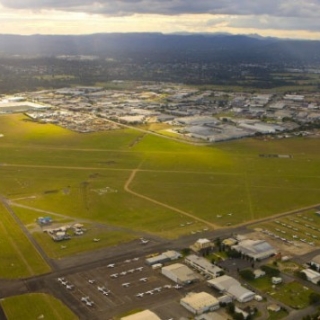
De-carbonising is a high priority for the aviation industry, and electro- and hybrid-electric aircraft manufacturers are rising to the challenge.
On 26 June 2021, a Pipistrel Alpha Electro set a world endurance record for an electric aircraft. Its sister aircraft, the Velis Electro gained type certification for mass production in mid-2020. For 90 minutes, this aircraft will keep you aloft without burning a drop of fuel and do it with 100 times less noise energy.
Electro- and hybrid-electric propulsion systems are here to stay and are increasingly demonstrating the capacity to power larger aircraft. These engines not only save on carbon emissions but have a much lower noise output.
Consider the noise reduction of a retrofitted electric eBeaver with a peak sound level of 94dB, compared with the traditional radial-engined aircraft with a peak sound level of 118dB. Image source: MagniX.
By 2035, investment bank UBS estimates the aviation industry will be 25% hybrid or fully electric. For smaller regional airports which generally support the operation of smaller aircraft, this proportion will be much higher. They are calling 2021 the year of the hybrid.
An Airport Master Plan presents a long term strategic vision and development plan for an airport, along with the measures required to safeguard the airport from incompatible development. Noise modelling is an integral part of this process and in Australia utilises the Australian Noise Exposure Forecast (ANEF) system to control development around an airport that may be impacted by noise emissions.
With the changes to propulsion systems that are already making their way into the world's operational fleet, we need to start modelling relevant noise footprints based on expected technologies for our long term Airport Master Plans, rather than legacy older (noisier) aircraft. Using legacy aircraft types and engines for noise modelling is now a worst case scenario, and development around airports is almost certainly being constrained when modelling should be looking ahead and anticipating the rise of electro and hybrid technology.
Forecasting the real uptake of electric propulsion technology in aircraft – especially around smaller airports with the majority of smaller fleets, will demonstrate the reduction in noise impacts likely to be experienced in surrounding communities, even with the same level of aircraft activity, and will likely lead to new development opportunities.
To find out more about sustainable aviation and how it will reduce noise impacts within an airport master planning context, contact us.
Tags: Aircraft Noise, Noise Exposure Forecast, Airport Master Plan
